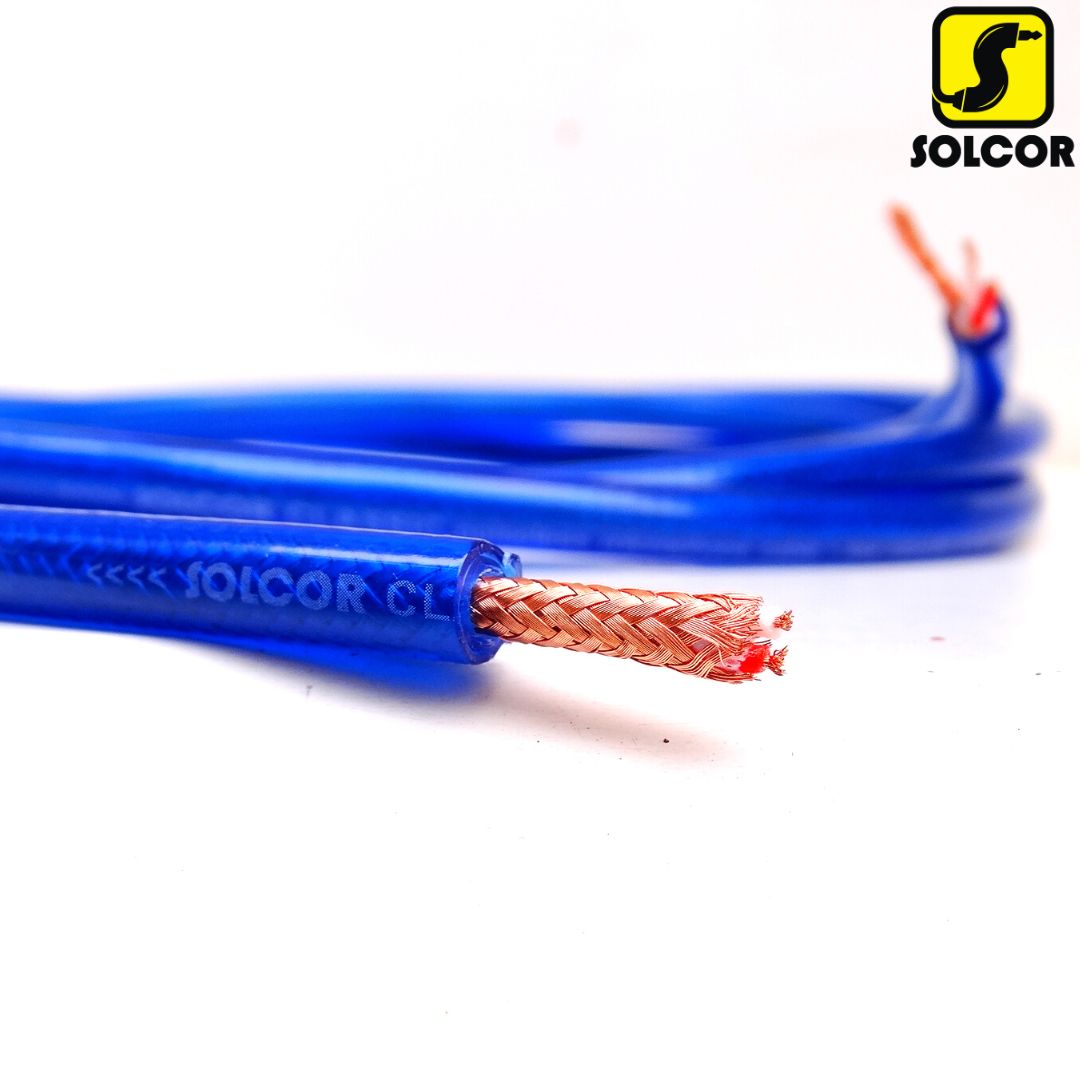When we talk about Audio Cables, whether for connecting your musical instruments, your sound equipment or microphones, we have to mention several concepts such as analog, digital, balanced and unbalanced cables. In this article, we will unravel the basics of cables for musical instruments.
Let’s start by recalling the materials that allow the conductivity of electrical signals.
For many years, copper has been used thanks to its properties that, in general, provide good signal conduction. However, there has also been exploration in the use of silver, gold, as well as alloys that include aluminum & tin.
At this point, it is important for you to know in detail the parts that make up the structure of your audio cables:
Conductor:
As we just mentioned, it is the material through which the electric current flows.
Insulator:
It is a covering that goes over the conductor to isolate it and prevent current flow between the other components.
Shielding:
It is the braid or mesh, usually made of copper, that protects the conductor from possible electromagnetic interference. It is spirally arranged for better performance.
Fiber:
It is common for some cables to contain polyester, cotton or a similar material braided to provide additional protection to the structure and to prevent it from breaking.
Jacket or cover:
It is simply the outer material that covers the cable, protecting it from the environment and handling.

